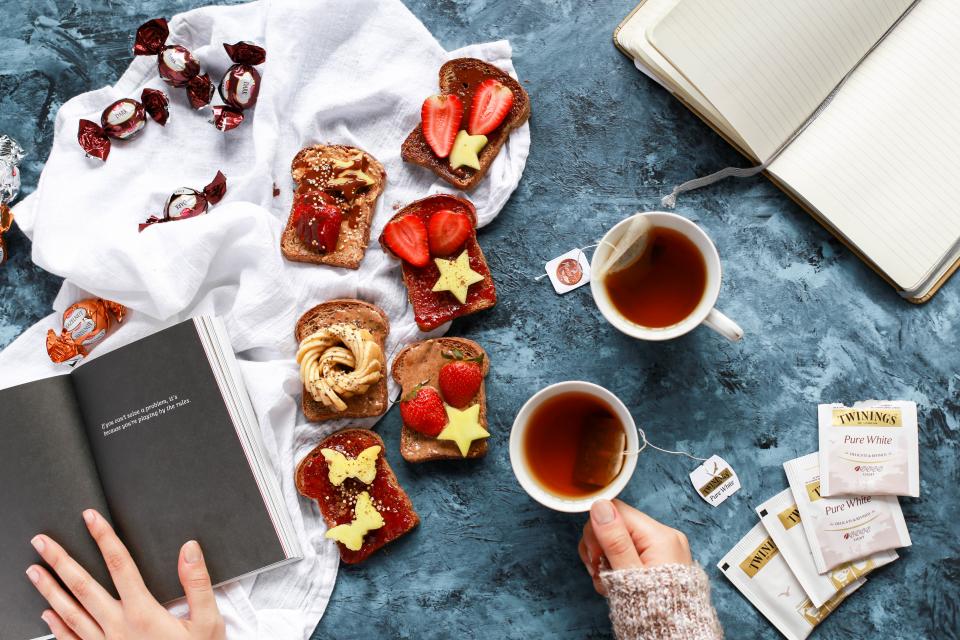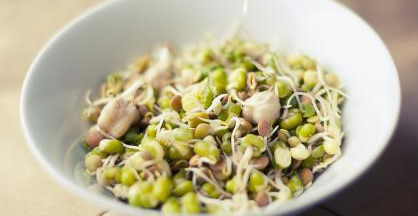Do you ever feel full after dinner but still have a second stomach for dessert? Evolutionarily, the sweet taste was so rare in nature and so highly prized, we developed a strong reward system for sweet tastes. We crave the ratio of 50:50 sugar:fat because our first food in life was this magic ration, breast milk. This ratio of half and half sugar to fat promotes weight gain in babies, and therefore, adults! These food are often low in protein which reduces satiety. Sometimes having none is easier than “just have one”. Once our body senses sweetness, insulin is released in preparation for the blood sugar rush. If too much insulin is released (i.e. insulin resistance), our blood sugar may drop resulting in a higher intensity of sugar cravings. The secret is to break the endless cycle!
Tips to reduce sugar cravings and all about sweeteners…
Eat a balanced diet to stabilise blood sugar levels. Hypoglycaemia (low blood sugar) is a cause of sugar cravings. Protein, fat, fibre and some complex carbohydrates should be eaten regularly, to slow the release of sugar into the blood. Check out my bog ~ Health Meal and Snack Ideas.
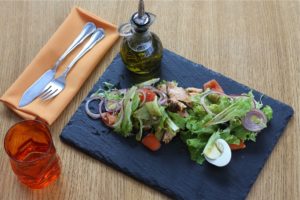
Support your energy levels. Often we crave sweets when our energy levels are low. This is because sweet foods usually convert into sugar rapidly in our body to provide a quick burst of energy. Check out my Energiser Bunny Tonic and How to be an Energiser Bunny Blog.
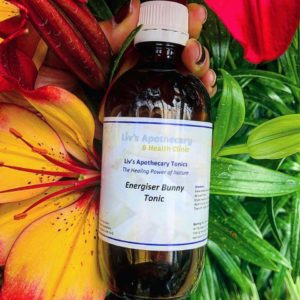
Bitter taste is the opposite of sweet in Traditional Chinese Medicine. When you eat more bitter foods, you will crave less sweet foods. Bitters include rocket (most green and raw vegetables), green tea, molasses (add a tiny amount to smoothies), cacao powder/nibs, and bitter Herbal Medicine which can be prescribed by a Naturopath/Herbalist.
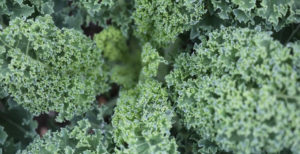
Sour taste is also known to reduce sugar cravings. Sour taste is found in lemons, limes, grapefruit, kiwifruit, apple cider vinegar, Greek yoghurt, and fermented foods including sauerkraut, pickles, kombucha and kefir (water, coconut and milk kefir).
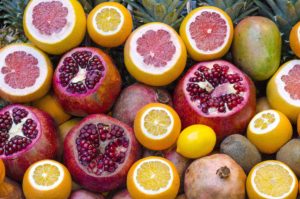
Cinnamon reduces sugar cravings by balancing blood sugar levels and reducing insulin. When too much insulin is released, our blood sugar levels drop too low, which further increases sugar cravings. Sprinkle 1 teaspoon of powder per day on breakfast, hot drinks or add to smoothies.
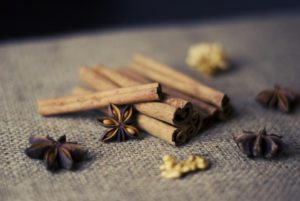
Chromium also helps to reduce sugar cravings by balancing blood sugar levels and reducing insulin. It is difficult to obtain therapeutic levels of chromium through diet, therefore, supplementation may be required. Take a supplement containing 1,000mcg per day, as I recommend for diabetics.
Gymnema sylvestre, similarly to cinnamon and chromium, alleviates sugar cravings by balancing blood sugar levels and lowering insulin. It is a Herbal Medicine available in liquid form from a Naturopath/Herbalist.

Satisfy your sweet tooth naturally with fruit, herbal tea or a bliss ball. Check out my healthy, naturally sweet bliss ball recipes… Salted Caramel Protein Balls, Peanut Butter Protein Balls and Protein Tahini Balls. Or Peanut Butter Fudge, Healthy Cookies and Salted Caramel Chocolate Cups.
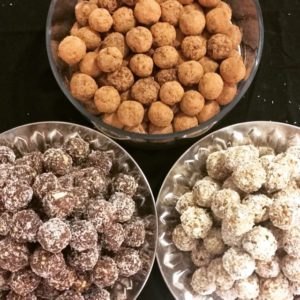
Natural sweeteners contain nutrients, rather than white sugar which is void of nutrients. Include small amounts of raw honey (particularly Manuka), dates, pure maple syrup (not maple flavoured sugar syrup), coconut sugar, and the herb stevia (only a couple of drops as it is 200 times sweeter than sugar). Raw and brown sugar are slightly better than white sugar as it still contains molasses, which is a rich source of minerals like iron, calcium and magnesium.
I do not recommend agave syrup. It is derived from a cactus and fermented to make tequila, but it is higher in fructose than sugar and high fructose corn syrup. Despite being a lower glycaemic index (GI), fructose puts pressure on the liver. It is linked to non-alcoholic fatty liver disease, metabolic syndrome, gout, and increased triglycerides and cholesterol.
I do not recommend rice malt syrup/rice syrup. It is made by cooking down rice until the starch completely turns into sugar. Despite being popularised by “I Quit Sugar”, it is 100% pure glucose. This means it spikes our blood sugar and the GI is off the charts. The only benefit is that it is low in fructose, opposite to agave syrup.
I do not recommend xylitol/malitol/sorbitol/erythritol. These are sugar alcohols or polyols. They do not act like alcohol in the body and cannot get you drunk. However, they are industrially processed white powders made from corn, sugar or waste products. Sugar alcohols also have a laxative effect and cause digestive upset in large quantities.
Sweeteners are double sugar molecules (disaccharides). They are all comprised of glucose and fructose in different ratios. A sweetener that is high in glucose and low in fructose (e.g. rice syrup), puts less pressure on the liver but it is high GI. High GI means that it turns into sugar extremely quickly in the blood. A sweetener that is high in fructose and low in glucose (e.g. agave syrup), is low GI but puts more pressure on the liver which is linked to the health problems above.
Glycaemic index scale of sweeteners (recommended sweeteners are bolded):
Rice malt syrup/rice syrup 98
Honey 55
Molasses 55
Maple syrup 54
Raw/brown sugar 50
Dates 42
Coconut sugar 35
Agave syrup 30
Sugar alcohols 5
Stevia 0
This is basically a range of low fructose (high GI) to high fructose (low GI), with the exception of sugar alcohols (lower calories) and stevia (no calories).
At the end of the day, natural sweeteners are still sugar. The difference is that they contain both micronutrients and macronutrients. White sugar is simply just sugar. While natural sweeteners are also sugar, they contain some vitamins and minerals (micronutrients), which are beneficial for the body. Moderation and variety prevails.
Check out my blog ~ Tips for Going Sugar Free.



